Priorities in Primary and Secondary School Learning for 2022-23: How Simulation Can Help
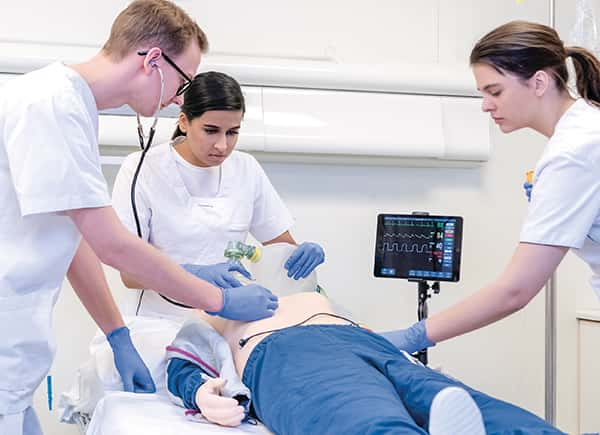

The remainder of the 2023 school year holds some uncertainties for all of us. But if you’re a primary or secondary school Health Sciences educator, you’re likely still moving aggressively ahead on the many priorities you’ve set for the year.
2023 brings many opportunities to make an impact on learning outcomes. Keep reading to explore a few of the current priorities that have the attention of many districts this year. And, learn some ways you can use simulation in these areas to elevate your Health Sciences program.
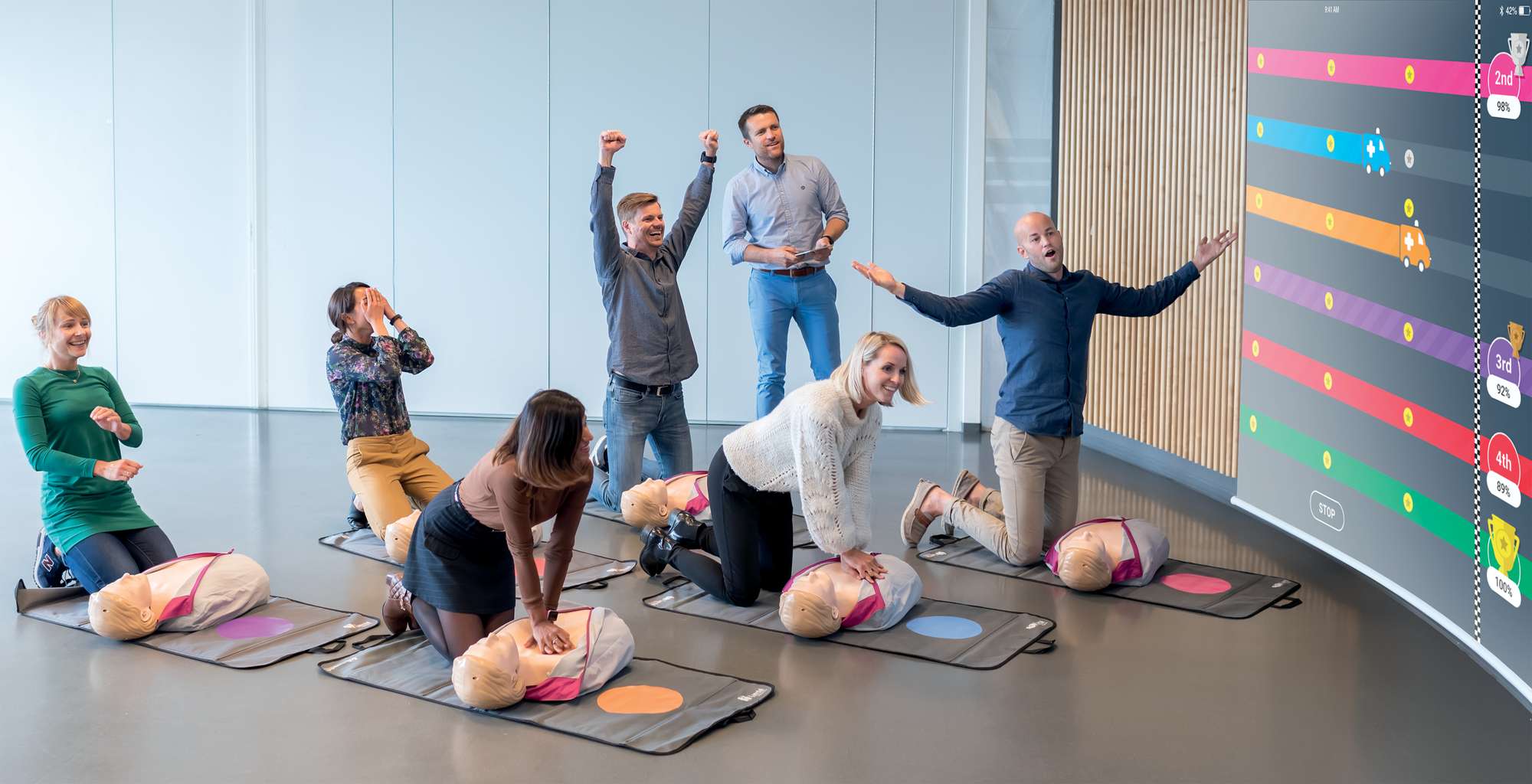
The pandemic put student engagement in bigger focus, as educators worked tirelessly to keep students’ attention remotely. Many educators agree that they saw a lack of engagement in their students during this time.1 Career and technical education (CTE) educators reported that engaging learners was one of the biggest challenges they were facing in recent school years.2 And, educators expected engagement to become even more important over the next year.3
Engagement holds a well-deserved place on priority lists. Research shows that when students are engaged, they’re more likely to be academically successful, have passing grades throughout high school, and graduate on time.4 In a health sciences curriculum, engagement seems even more paramount – because it impacts the learning effectiveness of skills that may one day save a life.
If you're seeking ways to boost engagement in your curriculum, simulation-based training can help. Simulation provides students with a comprehensive and repeatable hands-on learning experience. This encounter allows them to practice assessment, diagnosis, and clinical procedures on a lifelike manikin. In this immersive setting, students can perfect their skills and build confidence in a safe setting.
The hands-on environment of simulation brings learning to life in a way that textbook and PowerPoint slides fall short. Students who train using simulation experience a higher level of engagement and show more personal involvement in their training compared to those who only experience didactic learning.6
Depending on your learning objectives, it doesn’t always take a highly-detailed simulation scenario to get your students’ attention. With the right tools, you can also infuse engagement into areas like CPR training. After sitting through the hours of didactic learning of a traditional classroom course, students may have become disconnected. Re-engaging them during the hands-on CPR portion of the course is key to ensuring they’re learning and perfecting this lifesaving psychomotor skill effectively.
CPR manikins today have real-time feedback, measurement, and scoring technology built in to help you motivate learners and quickly identify who needs help. And, scoring allows you to amplify student engagement levels by providing a gamification option, such as a friendly, thrilling CPR competition. This will allow you to entertain and motivate your students while reinforcing their skills on all the key components of high-quality CPR.
CPR manikins today have real-time feedback, measurement, and scoring technology built in to help you motivate learners and quickly identify who needs help. And, scoring allows you to amplify student engagement levels by providing a gamification option, such as a friendly and engaging CPR competition. This will allow you to entertain and motivate your students while reinforcing their skills on all the key components of high-quality CPR.
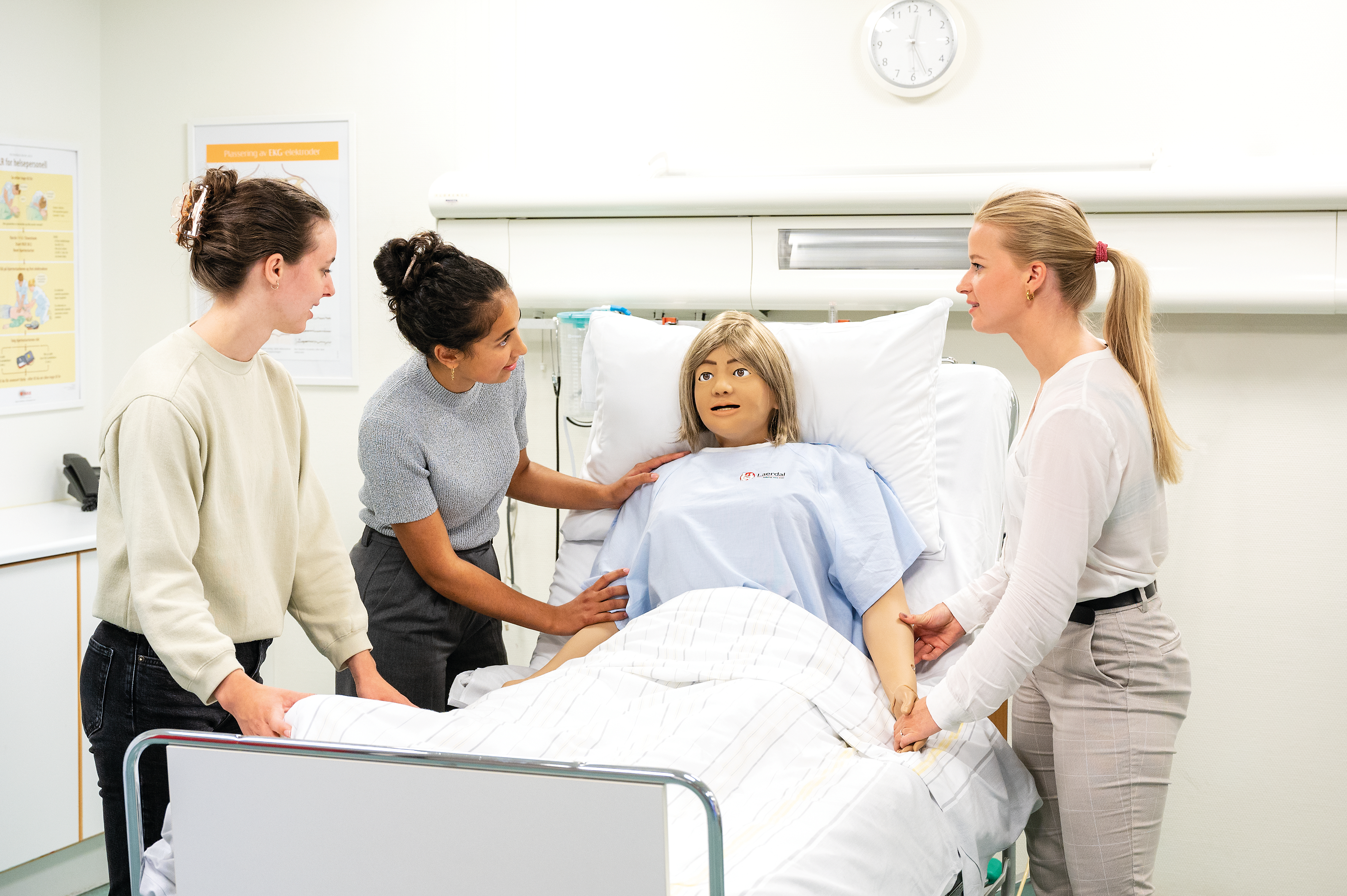
Research indicates that the learning damage that the pandemic inflicted continues to persist.6 Students haven’t recovered the learning that they lost at the beginning of the pandemic.7 Naturally, addressing this ongoing issue continues to be a primary focus for many districts.
In a CTE program, addressing unfinished learning might mean making sure students can pass industry certification exams, finish their programs, and transition successfully into the workforce.8

If you're still facing any unfinished learning with your Health Sciences students, the challenge of making up for lost time as efficiently as possible has likely been a difficult one. Leveraging teaching methods that ensure students learn effectively today and retain their new knowledge for tomorrow can help students be ready for the workforce without additional time setbacks.
The hands-on, realistic nature of simulation gives it the power to leave a lasting impression on students - in the form of increased learning retention.
Evidence indicates that clinical skills acquired in medical simulation laboratory settings transfer directly to improved patient care practices and better patient outcomes.13 Incorporating simulation into your Health Sciences CTE or STEM curriculum can ensure students are learning and retaining key clinical abilities, helping to turn learning losses into lasting learning gains.
Utilizing a simulation learning management system in your program can help you increase teaching efficiency by making it easier to manage, record, and assess simulation activities. This can facilitate the detection and correction of any learning issues early, creating an efficient approach to managing simulation learning.
Other suggested technologies include video for facilitating skills demonstrations from a distance and virtual reality simulations to help students practice before performing skills in a real work environment.14
Social and emotional learning (SEL) is another area of focus for many K-12 districts in 2022.15
According to the Collaborative for Academic, Social, and Emotional Learning (CASEL), SEL is the process through which all young people and adults acquire and apply the knowledge, skills, and attitudes to develop healthy identities, manage emotions and achieve personal and collective goals, feel and show empathy for others, establish and maintain supportive relationships, and make responsible and caring decisions.16
The five CASEL competencies are:
In terms of career training, these skills are paramount – because they’ll be needed and desired in essentially any workplace. In the health sciences, these skills are a cornerstone in preparing students to practice safe, patient-centered care.
CTE educators agree that SEL skills are an essential building block for success in CTE programs19 - and research supports including SEL in career-development practices and student-learning plans.20
"If [students] have never been given [SEL] tools and then we put them in high-stress situations or... rigorous classes, they crumble," explains Melissa Lane, Emergency Medical Services instructor at the Area 31 Career Center in Indianapolis.21
If you’re looking for a way to reinforce SEL training you’re currently conducting in your health sciences curriculum, simulation can help. A simulation scenario can lend students the opportunity to apply a range of SEL skills in a similar environment to the one they’ll face in their healthcare careers.
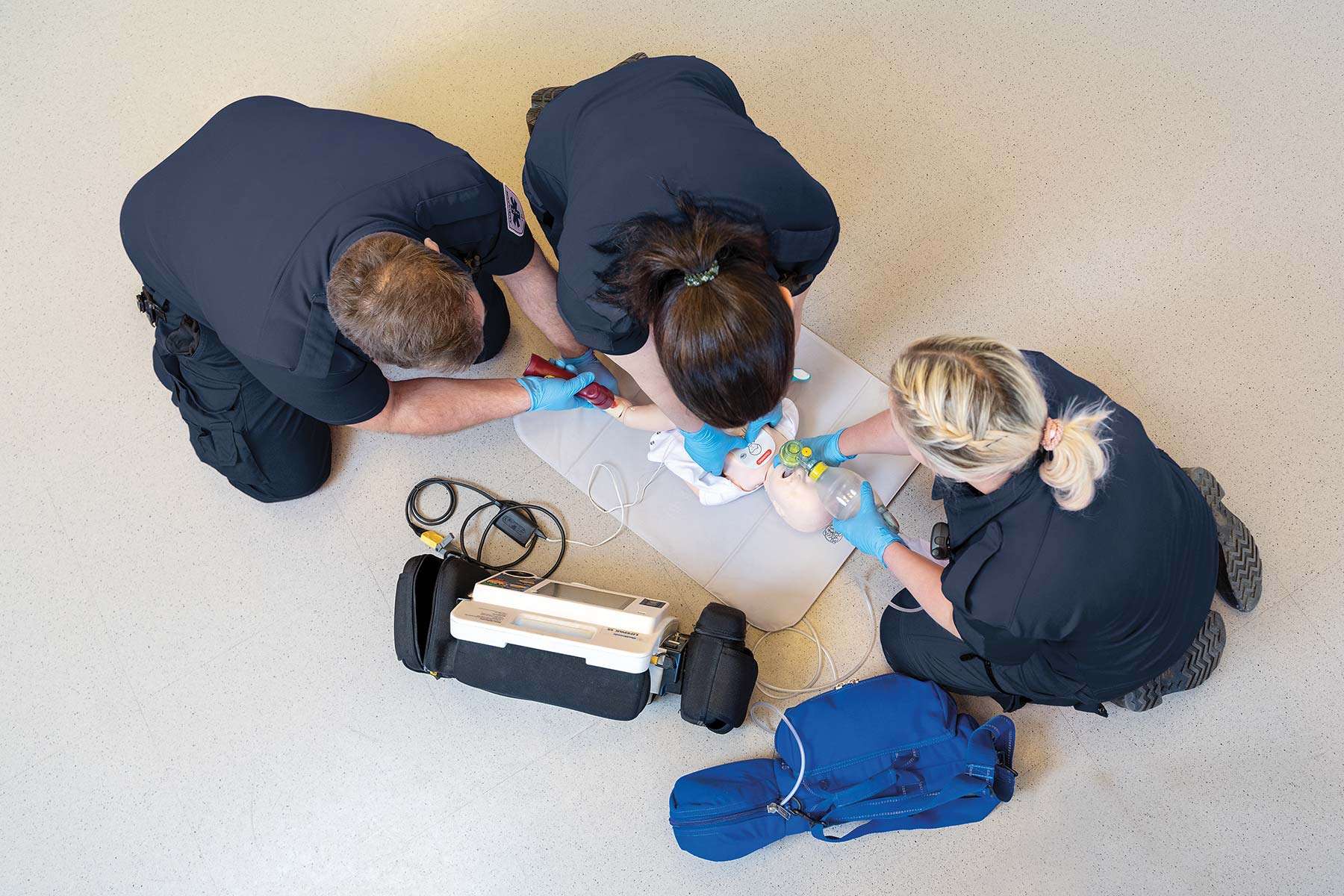
Teamwork and communication are two SEL skills that have been identified as especially important and highly desired by employers.21 In the healthcare environment, these skills can make a tremendous impact on patient outcomes.22 Many college nursing programs are using simulation to practice teamwork and collaboration, which are part of the Quality and Safety Education for Nurses (QSEN) competencies.23 Similarly, using simulation in your health sciences program can allow your students to refine their SEL skills by working together as a team in an environment that mimics a real clinical setting.
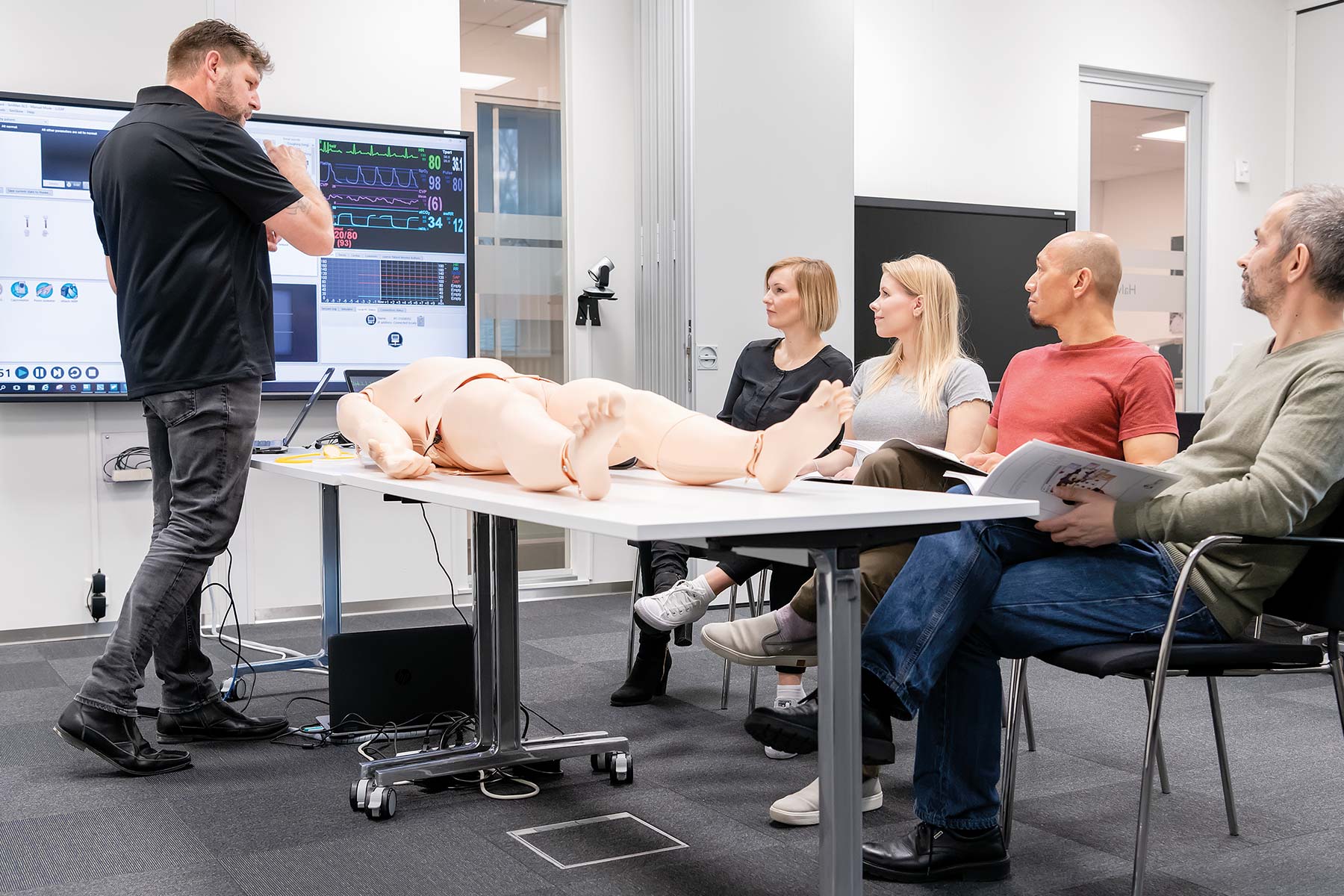
High-quality teaching is known to be a leading factor in student success.25 However, K-12 schools continue to battle an ongoing faculty shortage that was worsened by the pandemic.26 This situation has led to an increased focus on faculty retention.27
For educators in CTE programs, the hands-on nature of study has made it even more challenging to navigate the pandemic. According to the Association for Career and Technical Education (ACTE), CTE educators will "need time, support and professional development to recover and reflect on lessons learned."28 And, new educators will need training on new delivery methods and technologies.29
Regular training can enhance an employee’s initiative and quality of work as well as make them more committed to achieving organizational goals.30 And, research suggests that employees who are engaged and thriving are 59% less likely to seek another job elsewhere.31
If you're interested in starting or expanding a simulation program, professional development will be an important factor in your program's success. Enrolling in courses taught by skilled simulation educators can help empower your faculty with the knowledge they need to thrive and grow an effective simulation program.
Nursing Anne Simulator
Nursing Anne Simulator es una plataforma modular que consiste en una variedad de accesorios y piezas intercambiables que facilitan una variedad de pacientes simulados y ofrecen oportunidades de formación únicas.
Nursing Kelly
With realistic anatomical features Nursing Kelly provides the optimum training experiences for a broad range of clinical skills practice.
SimCapture
SimCapture le ofrece una manera eficaz de gestionar, registrar y evaluar la formación mediante simulación, tanto en el centro como in situ.
Little Anne QCPR
Help instructors improve both CPR training quality, classroom efficiency and learner engagement with a gaming element and Quality CPR (QCPR) feedback technology.
QCPR Classroom
The QCPR Classroom App is now available for our Little Anne QCPR with feedback and a gaming element.
Educational Services
Our educational portfolio will help you to implement best practices in your simulation training to optimize learning potential in your students.
Skills Proficiency
Key to the circle of learning, skills proficiency enables healthcare providers to build confidence and competence and ensure the highest quality patient care.